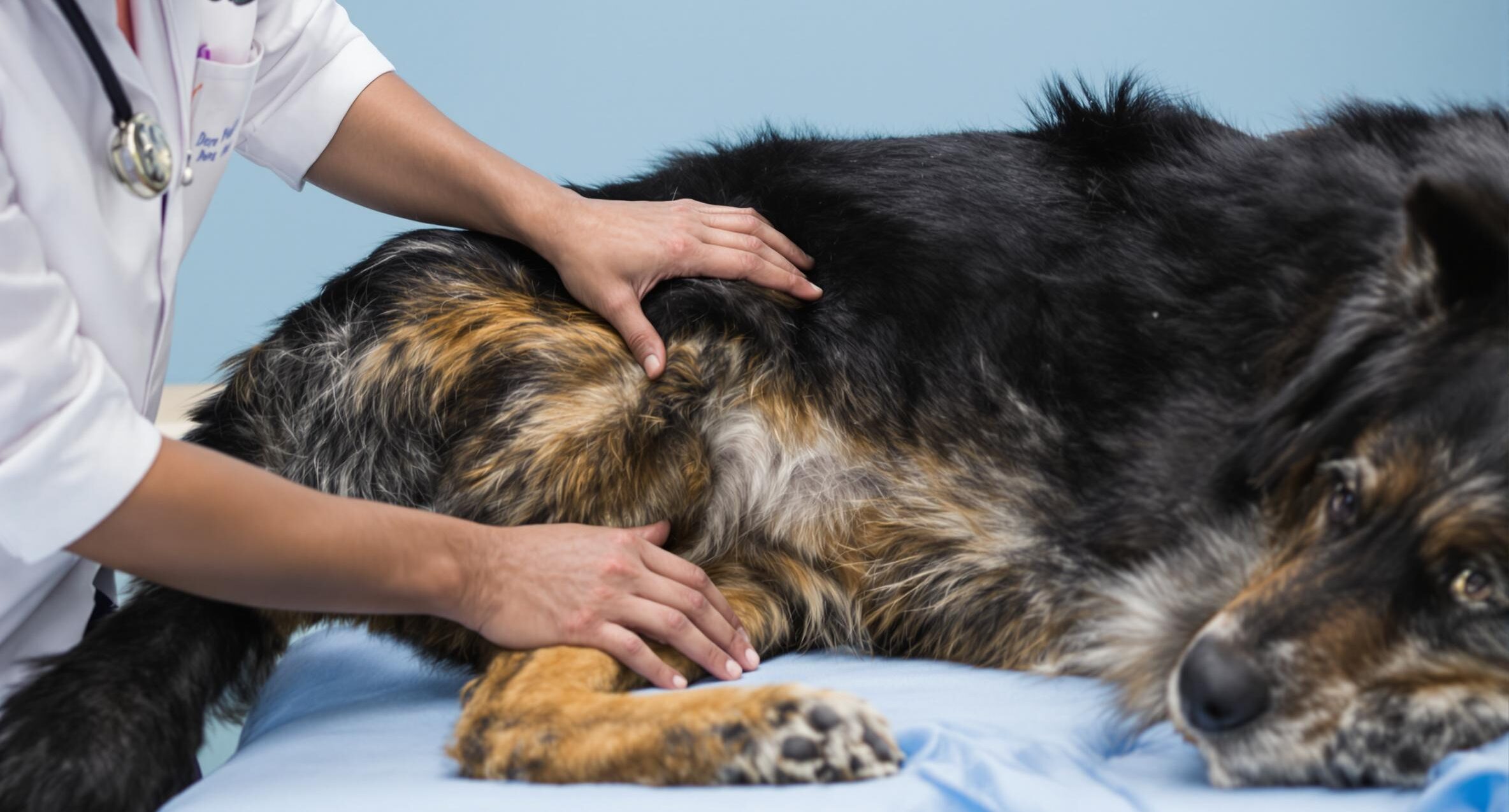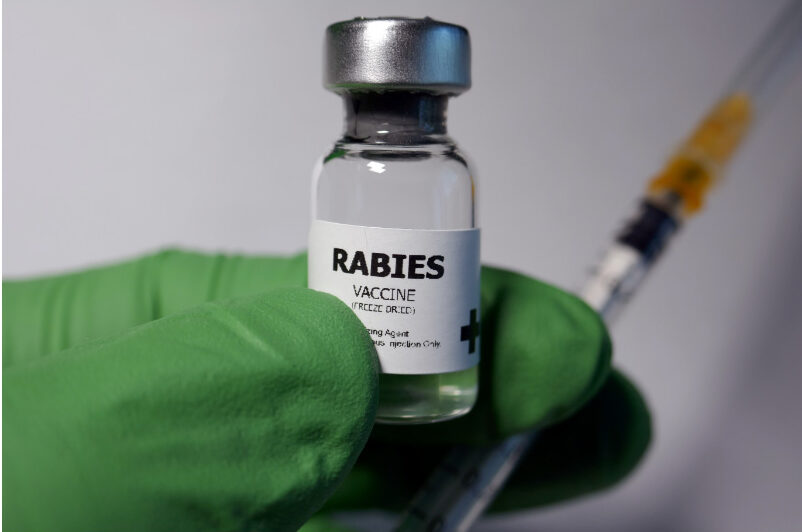
Key takeaways
- Certain parasitic infections can transfer from dogs to humans, including roundworms, hookworms, and tapeworms.
- Symptoms in humans may include digestive changes, skin rashes, and general discomfort, but proper hygiene and regular vet checkups are effective in prevention.
- Preventative measures such as consistent deworming, flea control, and maintaining proper hygiene significantly reduce the risk of transmission.
Dogs enrich our lives as beloved family members, and as pet owners, it’s important to understand how their health can impact our household. A common concern is whether people can get worms from dogs. The reality is that certain parasitic infections can spread between pets and people. Though serious complications are uncommon, some infections, like cryptosporidiosis, require attention and proper prevention.
Protecting your family starts with understanding these risks. When intestinal parasites such as hookworms make contact with the skin, they can cause uncomfortable symptoms like red, itchy tracks on the body. If left untreated, these parasites may lead to more significant health concerns. By recognizing the risks and taking preventative steps, you can protect both your human and furry family members. For reliable guidance on parasite prevention, explore Dog Parasite Prevention at PetMeds. Always consult your veterinarian for advice on deworming and parasite prevention.
Types of worms that can affect humans
Dogs can carry several types of worms that may also pose health risks to people. Understanding these parasites helps pet owners take the necessary steps to prevent transmission and keep their families safe.
Roundworms: The most common type of worm that can spread from dogs to humans. Children under 20 are especially vulnerable. These worms spread when people touch contaminated soil or accidentally swallow tiny eggs. In rare cases, roundworm larvae can affect the eyes, impacting around 700 people annually.
Hookworms: These tiny worms can enter the body through skin contact, often causing an itchy rash. This usually happens in areas where pets relieve themselves. Wearing shoes outdoors and maintaining a clean yard significantly reduces the risk.
Tapeworms: These worms are linked to fleas and spread when a person accidentally swallows an infected flea. Flea prevention and proper hygiene play an important role in reducing the risk of transmission. Learn more about options for flea control in the Dog Flea & Tick Category.
Symptoms of worms in humans
Dogs bring joy to our lives, but being aware of potential symptoms of worm transmission can help protect everyone in your household.
Internal Symptoms:
- Digestive changes including stomach discomfort, mild nausea, bloating, or appetite changes.
- Intestinal issues like greasy or oily diarrhea, constipation, or unexplained weight loss.
- General discomfort such as tiredness, headaches, or mild fever.
External Symptoms:
- Skin responses including itching, unusual rashes, or irritation.
- Visible signs such as small, thread-like worms in pet areas or segments in stool.
How to prevent worm transmission
Creating a safe home environment involves simple, consistent habits.
Follow a consistent deworming routine: Puppies require deworming every two weeks until three months old. Adult dogs benefit from quarterly treatments. Routine checkups help catch infections early.
Clean up after your pet promptly: Parasites can survive in soil for weeks or months, making regular cleanup essential.
Practice good hand hygiene: Encourage hand-washing after playtime and before meals.
Use monthly flea prevention: Fleas can transmit tapeworms, so protecting your dog from fleas protects your home. Browse prevention options in the Dog Medication Category.
Create pet-free zones for children: Keep play areas clean and teach children proper hygiene.
Common questions about worm transmission
Can a healthy-looking dog transmit worms?
Yes. Dogs can carry worms even when they appear healthy. Regular veterinary checkups help keep pets parasite-free.
What signs should make me concerned about worm exposure?
Unexplained stomach discomfort, appetite changes, or fatigue in family members warrant a checkup with a healthcare provider.
How can I protect my family at home?
Good hygiene, routine deworming, disinfecting pet areas, and cleaning up after your pet all help reduce risk.
What steps should families with young children take?
Teach children to wash their hands after playing with pets, keep play areas clean, and avoid areas where dogs relieve themselves.
How often should I schedule vet visits for prevention?
Adult dogs need annual checkups. Puppies require more frequent visits.
Keeping pets and families healthy
Taking simple precautions such as regular deworming and proper hygiene significantly lowers the risk of worm transmission. Some worms spread easily through everyday activities like gardening or playing in areas pets frequent. However, a routine of monthly prevention, good hygiene, and vet care protects your household.
The best resource for parasite prevention is your veterinarian. Take action today to safeguard your home. Visit Dog Products at PetMeds for trusted prevention options and expert insights.





